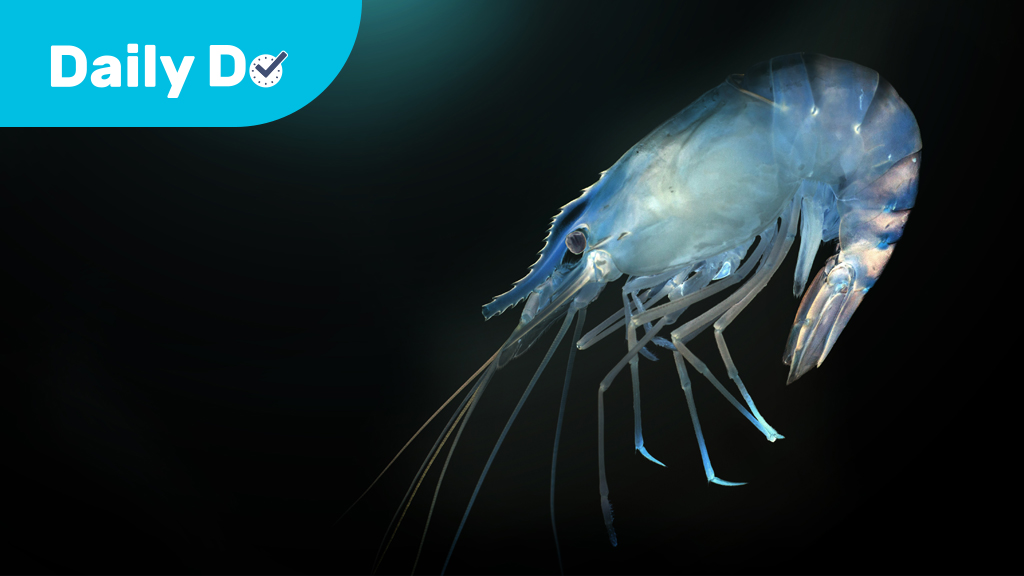Archive: Transforming Science Learning: Don't Turn the Page Yet! May 20, 2020
 Explore interactive reading strategies to engage students that connect children's books to the practices of science and engineering.
Explore interactive reading strategies to engage students that connect children's books to the practices of science and engineering.
 Explore interactive reading strategies to engage students that connect children's books to the practices of science and engineering.
Explore interactive reading strategies to engage students that connect children's books to the practices of science and engineering.
 Explore interactive reading strategies to engage students that connect children's books to the practices of science and engineering.
Explore interactive reading strategies to engage students that connect children's books to the practices of science and engineering.
 Explore interactive reading strategies to engage students that connect children's books to the practices of science and engineering.
Explore interactive reading strategies to engage students that connect children's books to the practices of science and engineering.


 NSTA's Professional Learning Division and NASA’s Next Generation STEM Team invite you to learn about the NASA Office of STEM Engagement’s new Commercial Crew Program Launch Kit. Explore how these STEM investigations use science and engineering practices to engage students in applying science ideas to solve problems through the engineering design process.
NSTA's Professional Learning Division and NASA’s Next Generation STEM Team invite you to learn about the NASA Office of STEM Engagement’s new Commercial Crew Program Launch Kit. Explore how these STEM investigations use science and engineering practices to engage students in applying science ideas to solve problems through the engineering design process.

